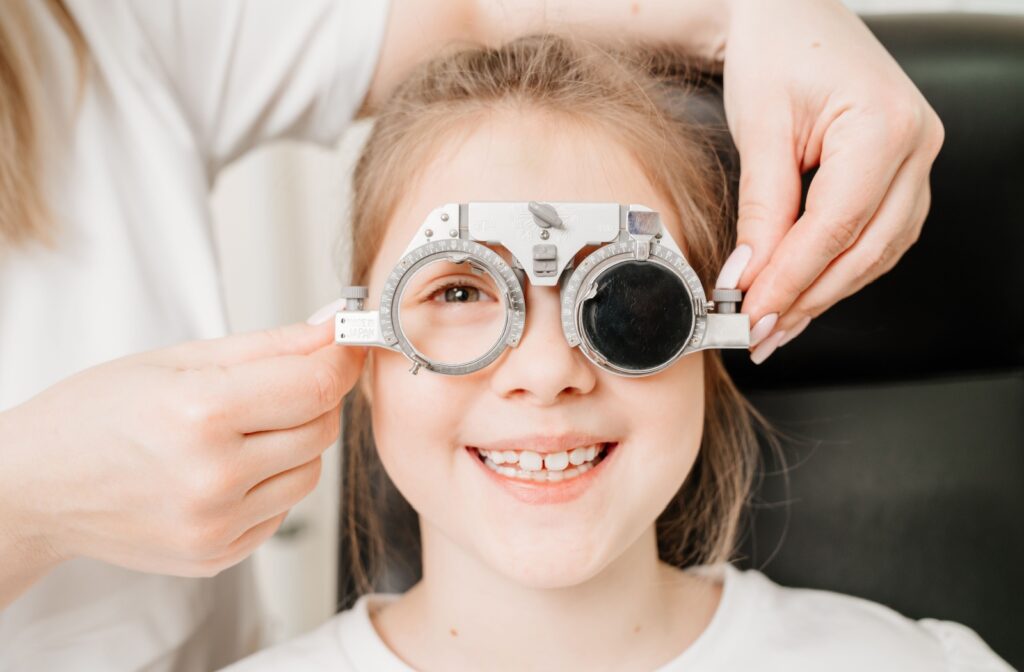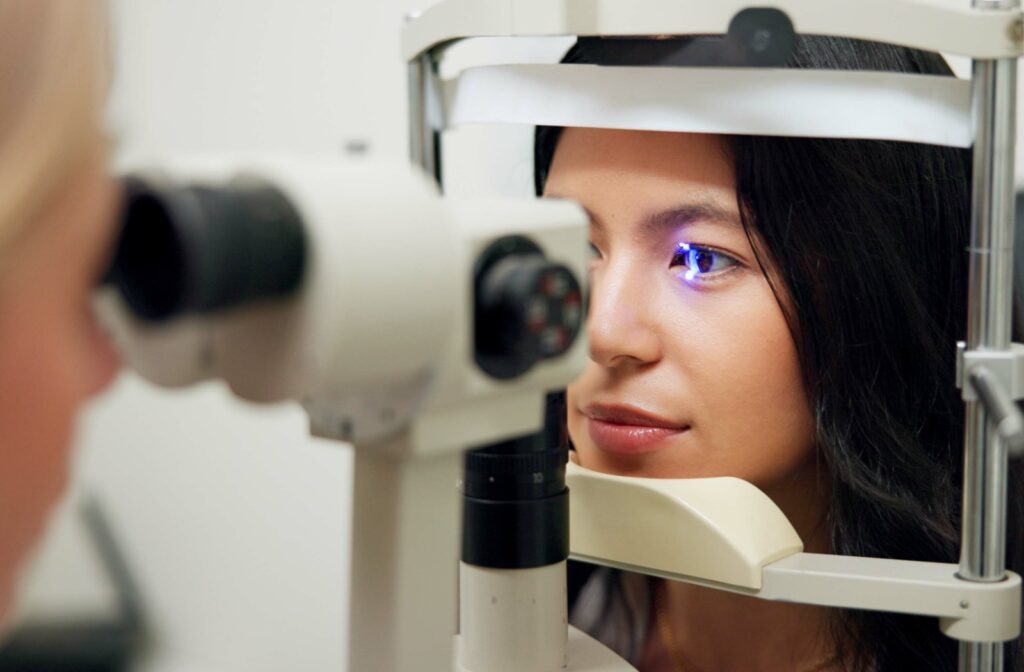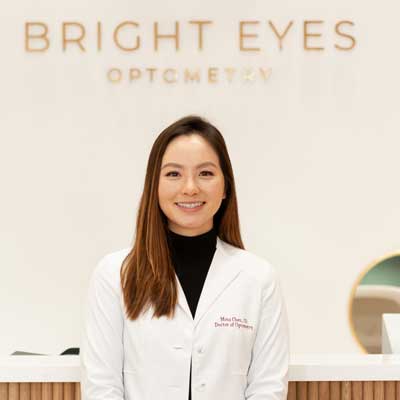A comprehensive eye exam is a detailed evaluation of both vision quality and overall eye health. Unlike a basic vision screening that primarily focuses on how clearly a person can see, a comprehensive exam involves multiple tests designed to assess the health of various parts of the eye, including the retina, cornea, optic nerve, and more. These exams often include a review of medical history, lifestyle factors, and family health concerns that may impact eye health.
The goal of a comprehensive eye exam isn’t just to determine whether corrective lenses are needed, but also to identify early signs of potential issues such as glaucoma, cataracts, macular degeneration, or diabetic eye disease. Catching possible issues early lets us start managing them before they cause permanent damage.
Understanding the Purpose of a Comprehensive Exam
Comprehensive eye exams are designed to:
- Measure visual acuity to confirm whether corrective lenses are still accurate.
- Observe internal and external eye structures for signs of disease.
- Evaluate how eyes work together, respond to light, and perceive depth.
These assessments may include a dilated fundus exam, where eye drops are used to expand the pupil, allowing for closer examination of the retina, optic nerve, and blood vessels. This is helpful for detecting glaucoma, diabetic retinopathy, macular degeneration, and other conditions.
What to Expect During the Exam
If you are a new patient, we’ll likely begin by discussing your medical history, medications, lifestyle, and family history of eye disease. By gathering these details, we can identify potential risk factors and tailor the exam to your eye health needs.
Tests typically include:
- Visual acuity checks using a Snellen chart.
- Pupil response evaluation and depth perception tests.
- Intraocular pressure measurement to check for glaucoma risk.
- Slit-lamp inspection to view structures like the cornea and lens.
- Dilated fundus exam to see deeper layers of the eye’s interior.
Detecting Eye Conditions Without Symptoms
An important feature of comprehensive exams is their ability to catch conditions before symptoms appear. Many eye diseases begin subtly, with few noticeable changes until they advance.
For example, glaucoma can gradually damage the optic nerve without causing early vision loss, which is why it’s often referred to as the “silent thief of sight.” Likewise, diabetic retinopathy and macular edema may not be noticed until they begin to affect central vision. Age‑related macular degeneration also progresses quietly, with early symptoms often including straight lines appearing wavy or blurry central vision.
By spotting these issues early, we can recommend management strategies to protect eye health and visual function.
Frequency & Who Should Book Regular Exams
General guidelines from the American Optometric Association state that adults should schedule eye exams at least once per year. People with diabetes, high myopia, or other risk factors are advised to attend more frequent exams.
Children, meanwhile, benefit from multiple formative exams: once between 6–12 months, again between 3–5 years, and annually through adolescence.
This regular schedule supports vision development in children and provides ongoing risk‑based monitoring in adults and seniors.
The Role of Technology in Modern Exams
At Bright Eyes Optometry, technology plays a critical role in our comprehensive eye exams. From slit-lamp microscopes to digital imaging and OCT scans, these tools give a detailed view of the eye’s structure. For dry eye patients, we use imaging like the Medmont topographer to identify areas of damage or inflammation.
Special Populations & Conditions
Comprehensive eye exams can be tailored for specific needs:
- Diabetic patients: Annual diabetic eye exams check for retinopathy and macular edema. These exams may include imaging to watch for fluid buildup or bleeding behind the retina.
- Children: Eye exams early in life support learning and address issues like amblyopia, strabismus, and developmental vision delays.
- Suspected digital eye strain: Frequent users of screens can have their overall eye function evaluated and receive guidance on mitigating screen fatigue.
- Pre-surgical screenings: Anyone considering laser vision correction begins with a full, comprehensive exam, followed by a targeted consultation.

What You Gain from a Comprehensive Eye Exam
A full examination helps with more than vision clarity; it reveals the eye’s health history and potential future risks. Comprehensive exams are a way to detect conditions before they progress to vision loss.
By evaluating your visual system, we can provide recommendations that reflect your health status, age, family history, lifestyle, and any underlying conditions.
A Look Ahead: Follow-Ups & Ongoing Care
After a comprehensive exam, we may suggest follow-up visits. This is common for contact lenses or when monitoring diagnosed conditions. Follow-up exams might focus on:
- Confirming the comfort and fit of new contact lenses.
- Tracking the progression of early-stage disease.
- Updating prescriptions as changes occur.
These appointments help maintain clarity and ocular wellness over time. If it’s been a while since your last eye exam or if you’re experiencing changes in your vision, now is a great time to schedule a comprehensive eye exam. Book your next appointment at Bright Eyes Optometry in Petaluma, California, today and take a proactive step toward maintaining your lifelong eye health!



